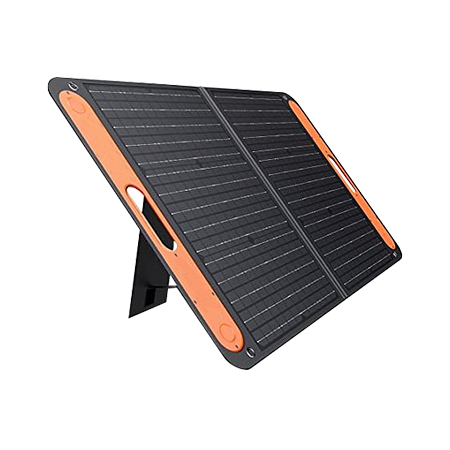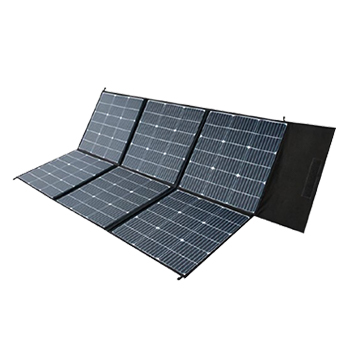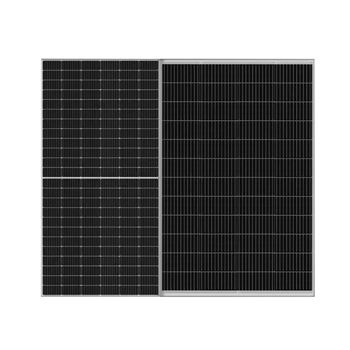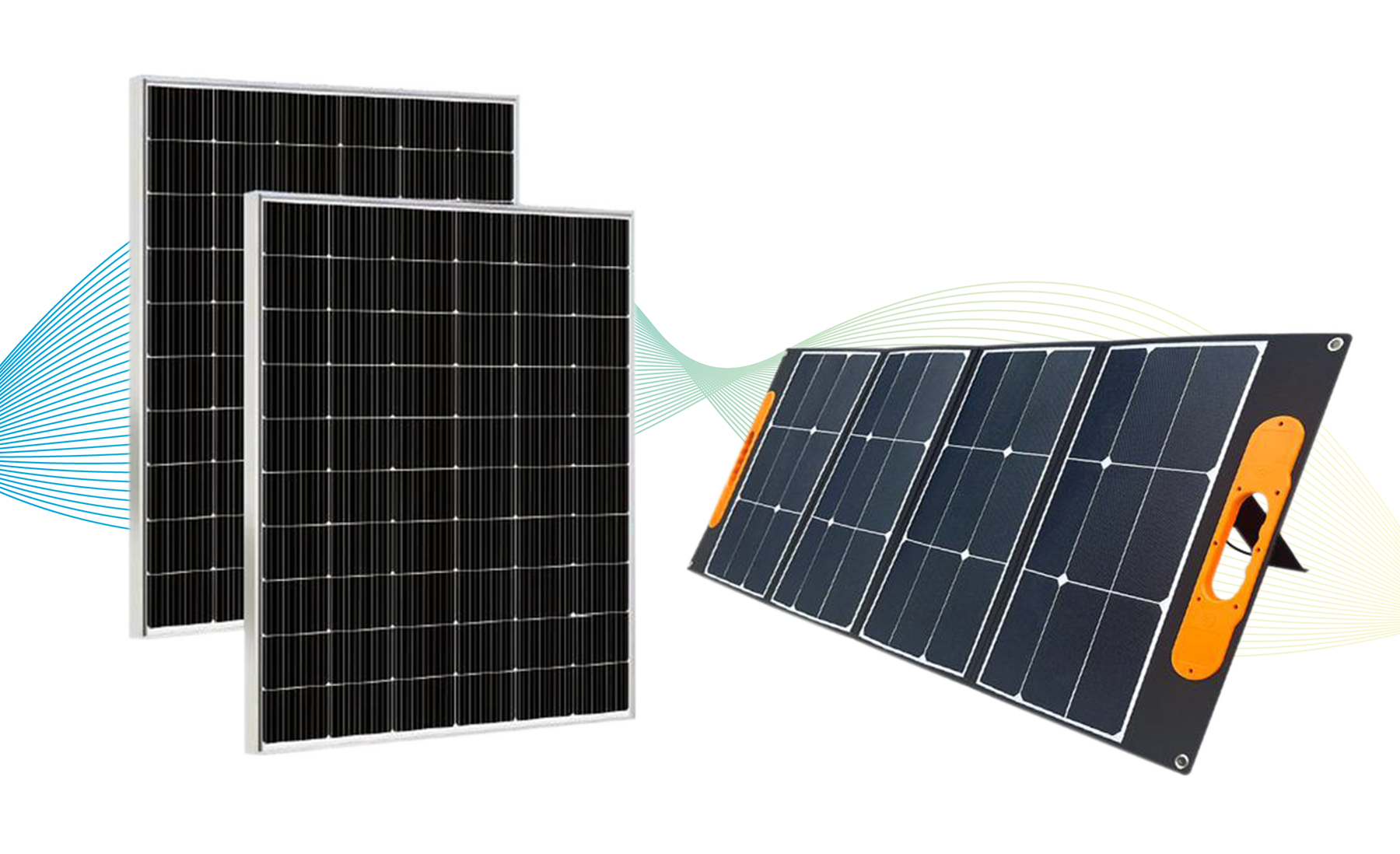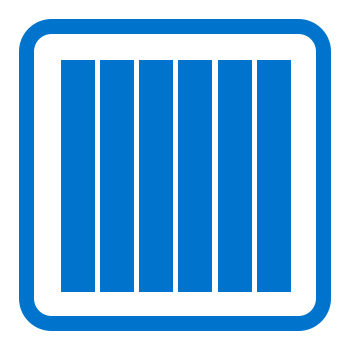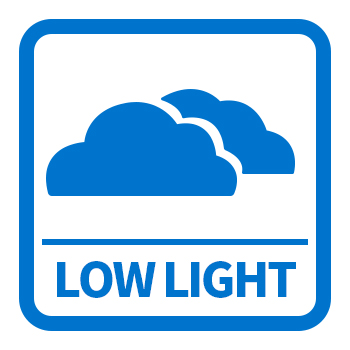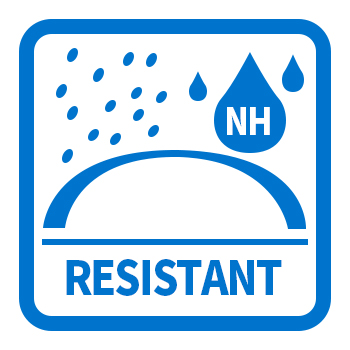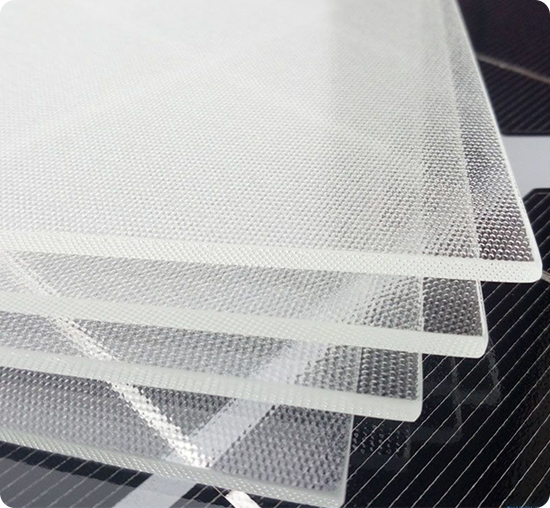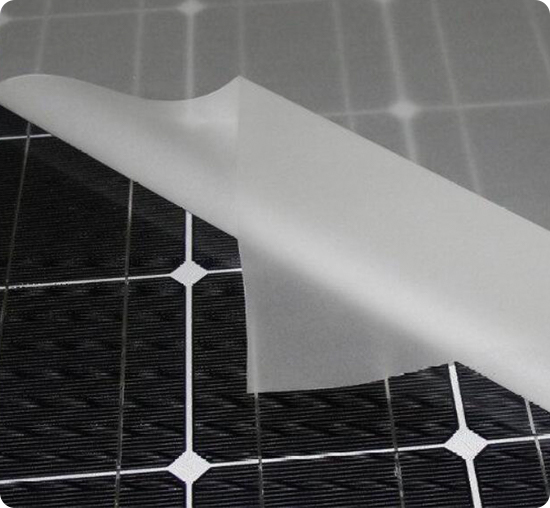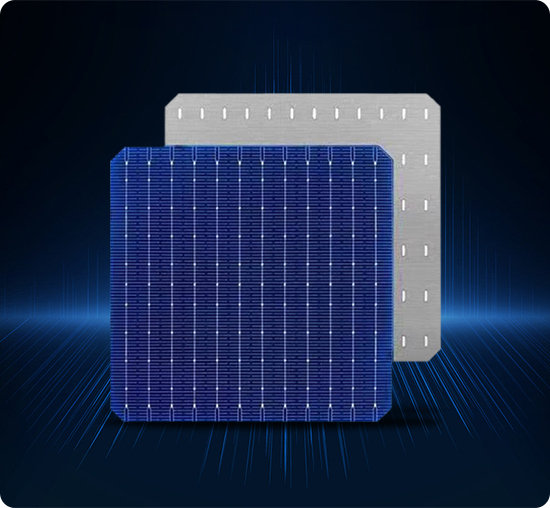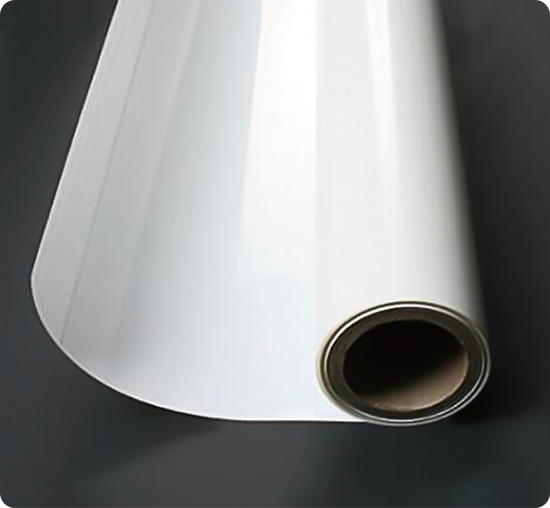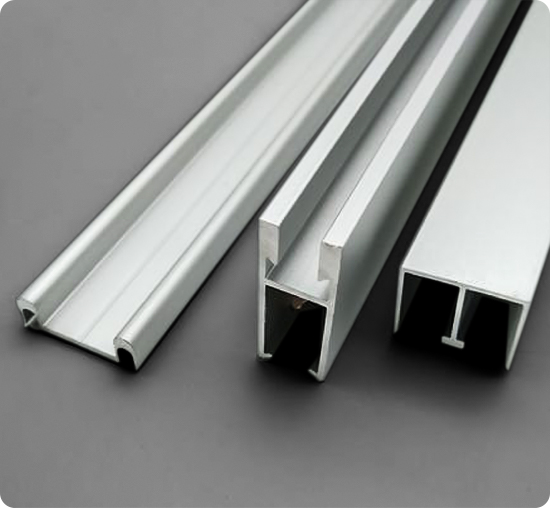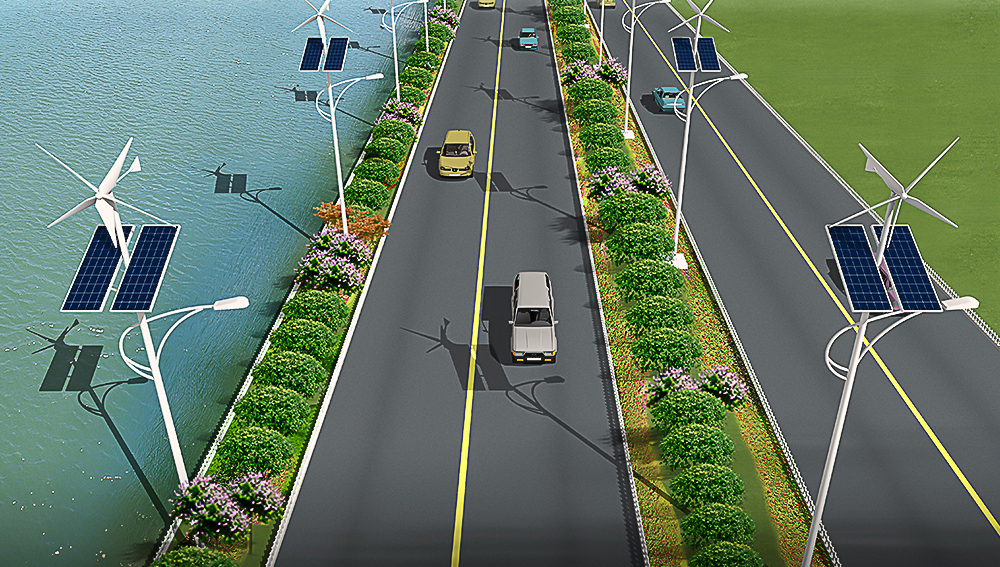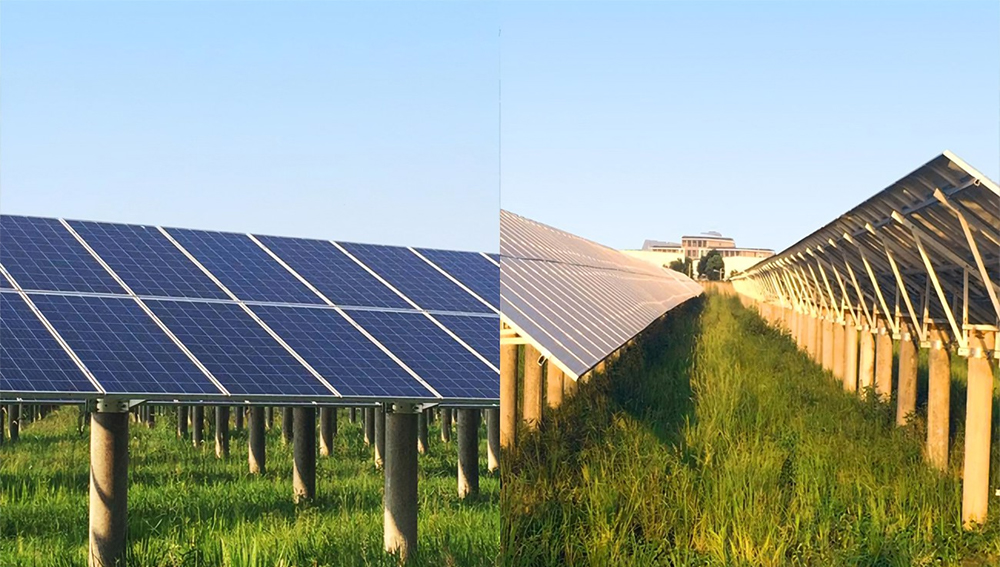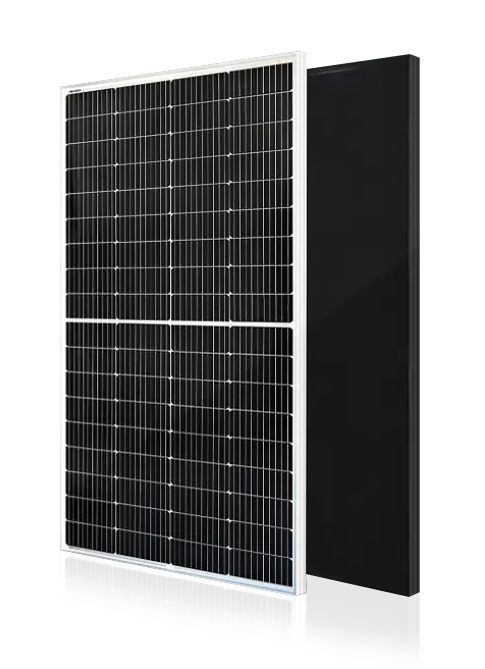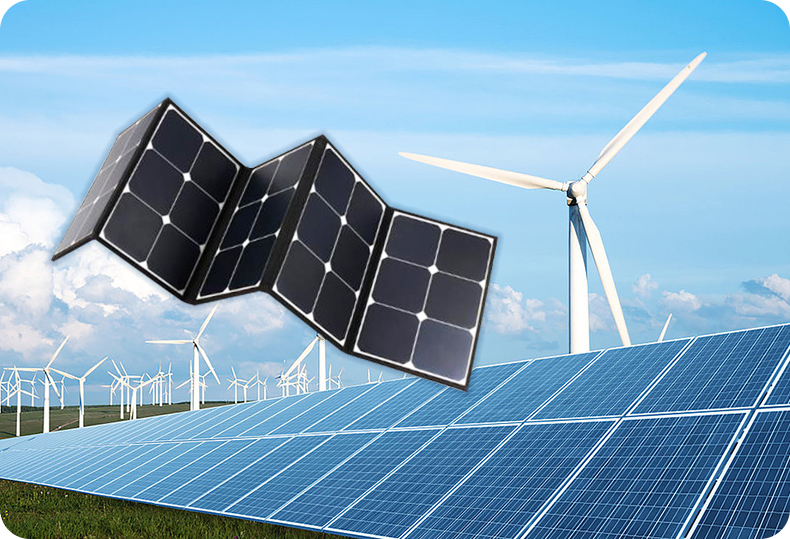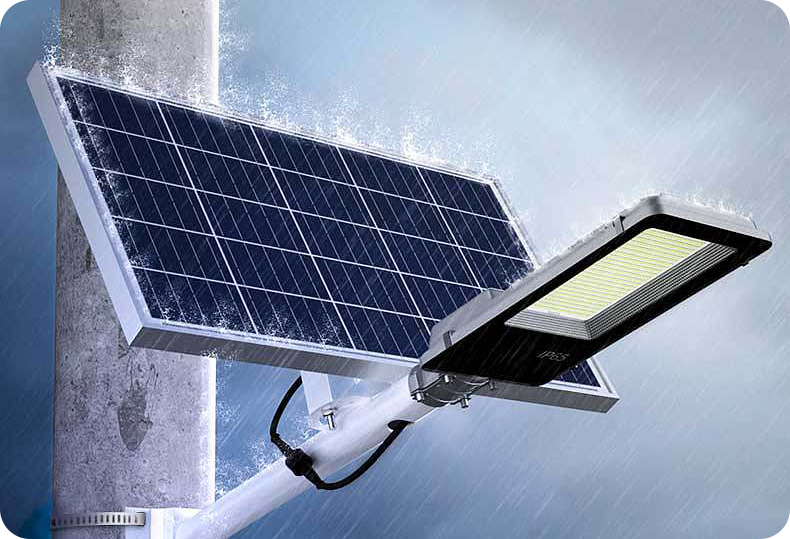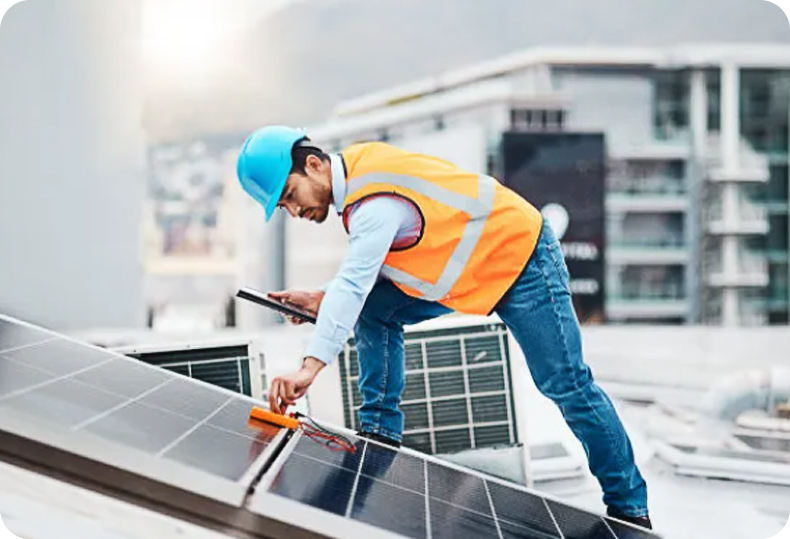1. What happens if there is snow on solar panels?
When snow accumulates on solar panels, it can significantly reduce their energy production. Snow acts as
an insulating layer, preventing sunlight from reaching the photovoltaic cells and inhibiting the panels'
ability to generate electricity. The extent of the impact depends on various factors, including the
amount and type of snow, panel tilt, and local weather conditions.
Solar pv panels are typically installed at an angle to maximize sun exposure, which can help snow slide
off naturally when it starts melting or when the panel temperature rises slightly. Some solar panel
systems also incorporate automated snow removal mechanisms, such as heating elements or tilting systems,
to speed up snow removal.
Manual snow removal is another option, where homeowners or maintenance personnel carefully remove the
snow using soft tools to avoid damaging the panels. However, this can be a labor-intensive and
potentially risky task.
In summary, while snow on solar panels can temporarily reduce energy production, various strategies can
mitigate its impact, allowing the panels to continue generating electricity effectively, especially in
areas prone to snowfall.
2. Can I go off grid with solar panels?
Yes, you can go off-grid with solar panels, but it requires careful planning and investment. Off-grid
living means relying solely on self-generated power, typically from solar panels, to meet your energy
needs.
First, assess your energy consumption to determine the number of photovoltaic panels and battery storage
capacity required. Solar panels capture sunlight and convert it into electricity, which can be stored in
batteries for use when the sun isn't shining. Next, invest in high-quality solar panels, an efficient
charge controller, and a reliable battery storage system. This setup will ensure you have a consistent
power supply even on cloudy days or at night.
Consider your location and climate. areas with abundant sunlight are more conducive to off-grid solar
living. You'll need to adapt your lifestyle to use energy efficiently. Using energy-efficient appliances
and being mindful of power consumption will help extend your energy supply.
Going off-grid with solar panels can provide energy independence and reduce your environmental
footprint, but it can be costly upfront. It's essential to research and plan thoroughly to ensure a
reliable and sustainable off-grid power system. Consulting with solar experts can also be beneficial.
3. Do solar panels work in a blackout?
Solar panels alone do not work during a blackout unless they are connected to an energy storage system
like batteries. Traditional grid-tied solar panel systems are designed to feed excess electricity back
into the grid, which means they automatically shut down when the grid goes down for safety reasons. This
prevents electricity from flowing back into the grid and potentially harming utility
workers.
To have power during a blackout with photovoltaic solar panels, you need a solar-plus-storage system.
Batteries store excess electricity generated by the solar panels during the day, and this stored energy
can be used to power your home when the grid is down. Such systems offer resilience and can provide
backup power during outages, reducing reliance on diesel generators or other backup
solutions.
In summary, solar panels alone do not work during a blackout because of safety regulations, but when
combined with an energy storage solution like batteries, they can provide backup power, making them a
valuable asset for both reducing electricity bills and ensuring reliability during power outages.
4. How many solar panels will I need?
The number of photovoltaic solar panels you will need depends on several factors, including your energy
consumption, location, panel efficiency, and available space. To determine the right number of pv panels
for your specific situation, follow these steps:
1. Calculate Your Energy Consumption. Start by reviewing your past utility bills to determine your
average monthly or annual energy consumption in kilowatt-hours (kWh). This will help you understand how
much electricity you need to generate.
2. Panel Efficiency. Solar panel efficiency varies, with newer panels generally being more efficient.
Higher efficiency panels produce more electricity in less space, potentially reducing the number of
panels needed.
3. Available Space. Assess the available space on your roof or property where you intend to install
solar panels. Different panel sizes are available, so you'll need to determine which size fits your
space.
4. Account for System Losses. Solar pv panel systems are not 100% efficient; they experience some energy
losses due to factors like shading, dirt, and inverter inefficiencies. Factor in these losses when
calculating your panel needs.
5. How do solar panels work to generate electricity from sunlight?
Solar panels, also known as photovoltaic (PV) panels, work by converting sunlight
into electricity through a process called the photovoltaic effect. Here's a step-by-step explanation
of how solar panels generate electricity from sunlight:
1. Photovoltaic Material. Solar panels are made up of many individual solar cells, which are typically
made of silicon or other semiconducting materials. These materials have special properties that allow
them to convert sunlight into electricity.
2. Absorption of Sunlight. When sunlight strikes the surface of a solar panel, it consists of photons
(particles of light) with different energy levels. The photons are absorbed by the photovoltaic
material within the solar cells.
3. Electron Flow. The presence of electron-hole pairs in the semiconductor material creates an
electric field within the cell. This electric field causes the free electrons to move towards the
front surface of the cell, while the holes move towards the rear surface.
4. Generation of Direct Current (DC). As the electrons move through the semiconductor material, they
create an electric current. This electric current is in the form of direct current (DC), which flows
out of the solar cell and into an electrical circuit.
6. What is the efficiency of solar panels in converting sunlight into electricity?
The efficiency of solar panels in converting sunlight into electricity varies depending on several
factors, including the type of solar panel, location, and environmental conditions. The most common type
of solar panels, known as photovoltaic (PV) panels, typically have an efficiency range of 15% to 22%.
This means they can convert 15% to 22% of the sunlight they receive into electricity.
Monocrystalline panels tend to have higher efficiencies, closer to the upper end of the range, while
polycrystalline and thin-film panels are often at the lower end. Research continues to improve panel
efficiency.
Efficiency can also be affected by factors like shading, dust, and temperature. Maximum efficiency is
achieved when panels are clean, unshaded, and operating at an optimal temperature. Some advanced solar
technologies, such as multi-junction and concentrated photovoltaics, can achieve higher efficiencies,
but they are less common and often more expensive. It's essential to consider efficiency along with
other factors like cost, durability, and available space when choosing solar panels for a specific
application.
